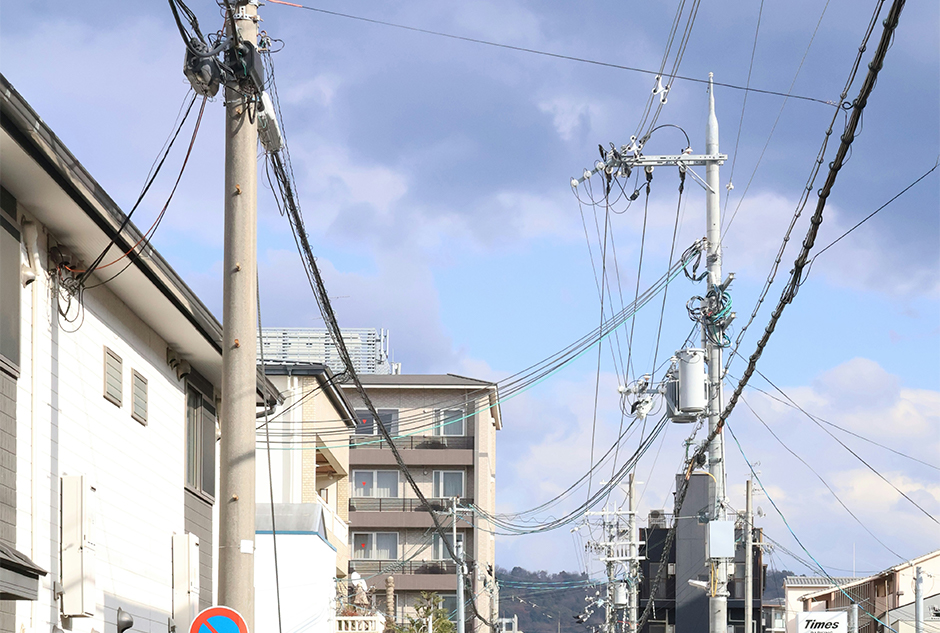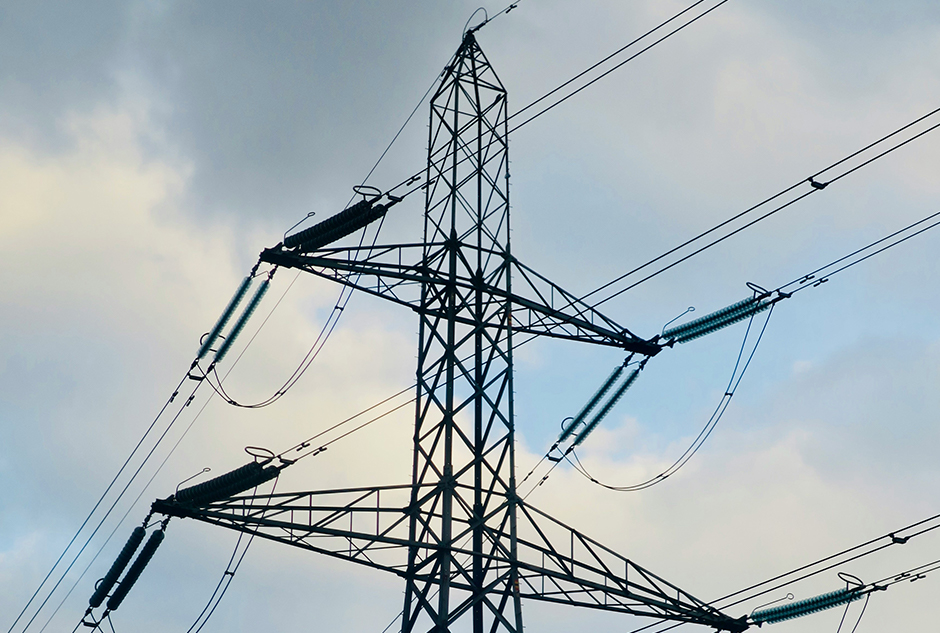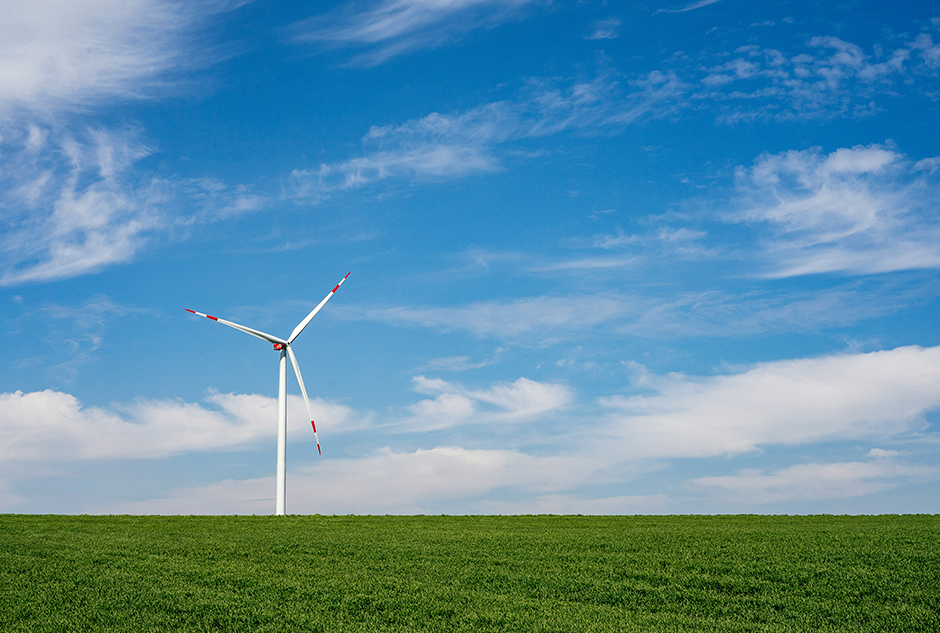
Concrete poles are often recognized for their strength and durability, but their contributions to environmental sustainability are equally noteworthy. These versatile structures offer a range of ecological benefits, from reducing deforestation to enhancing energy efficiency. In this blog post, we explore how concrete poles support nature and contribute to a greener planet.
1. Reduction of Deforestation
Concrete poles provide an eco-friendly alternative to traditional wooden poles, significantly reducing the demand for timber. By replacing wood with concrete, industries help preserve forests, which play a vital role in absorbing carbon dioxide, maintaining biodiversity, and combating climate change. Every concrete pole installed represents fewer trees cut down, contributing to global reforestation efforts and the protection of wildlife habitats.
2. Durability Reduces Waste
One of the standout features of concrete poles is their exceptional durability. Unlike wooden poles, which are susceptible to rot, pests, and weather-related damage, concrete poles can withstand harsh environmental conditions for decades with minimal maintenance. This longevity reduces the frequency of replacements, minimizing waste and conserving resources used in manufacturing and transportation.
3. Resilience to Climate Challenges
Concrete poles are designed to endure extreme weather conditions, including strong winds, heavy rainfall, and ice loads. As climate change increases the frequency and intensity of such events, resilient infrastructure like concrete poles ensures fewer replacements and repairs, reducing the carbon footprint associated with repairs and reconstruction.
4. Energy Efficiency in Production
The production of concrete poles has become increasingly energy-efficient due to advancements in manufacturing techniques. Many companies, including industry leaders, use recycled materials in their concrete mixes, further reducing environmental impact. Additionally, the spinning process used in producing spun concrete poles minimizes waste and ensures a denser, more sustainable product.
5. Eco-Friendly Design Features
Concrete poles are often designed with a hollow core, making them lightweight without compromising strength. This feature not only reduces transportation energy costs but also allows for efficient use of materials during production. Moreover, their fire resistance reduces the risk of damage from wildfires, a growing concern in many regions, protecting surrounding ecosystems from further harm.
6. Recyclable and Sustainable End-of-Life
Concrete poles can be recycled at the end of their lifespan. Broken concrete can be repurposed into aggregates for new construction projects, and the steel reinforcements can be melted down and reused. This circular lifecycle reduces waste and promotes sustainability within the construction industry.
Conclusion
Concrete poles are more than just a robust infrastructure solution—they are a step toward a more sustainable future. By preserving forests, reducing waste, and leveraging energy-efficient production methods, these poles contribute significantly to environmental conservation. As industries and communities increasingly prioritize eco-friendly practices, concrete poles stand out as a testament to how thoughtful engineering can align with nature's needs.


